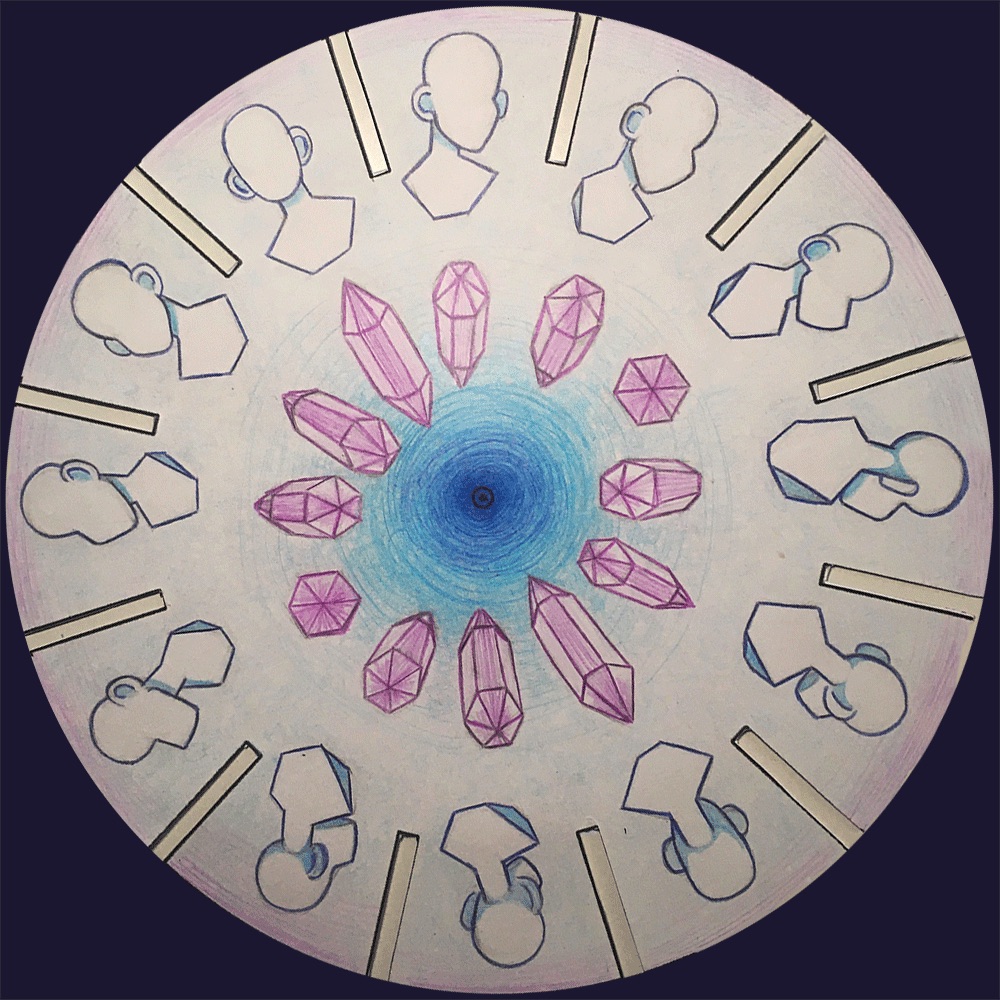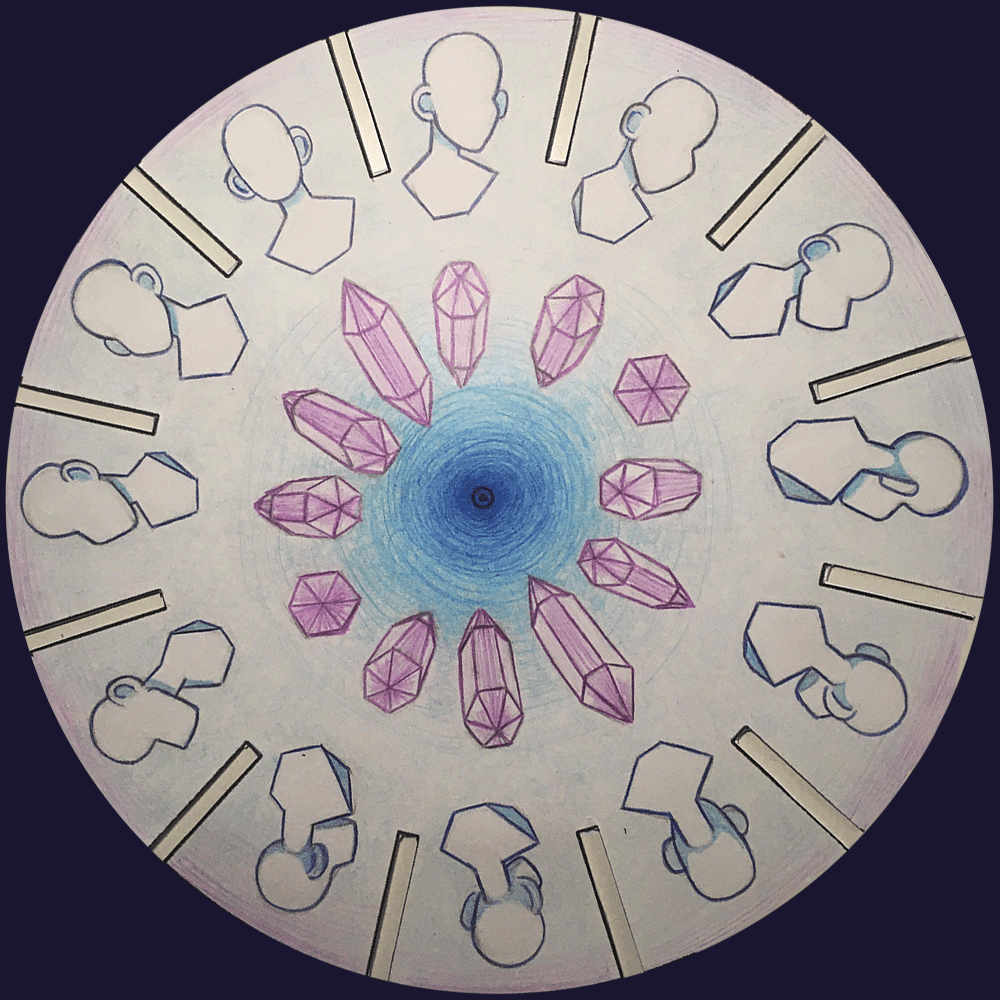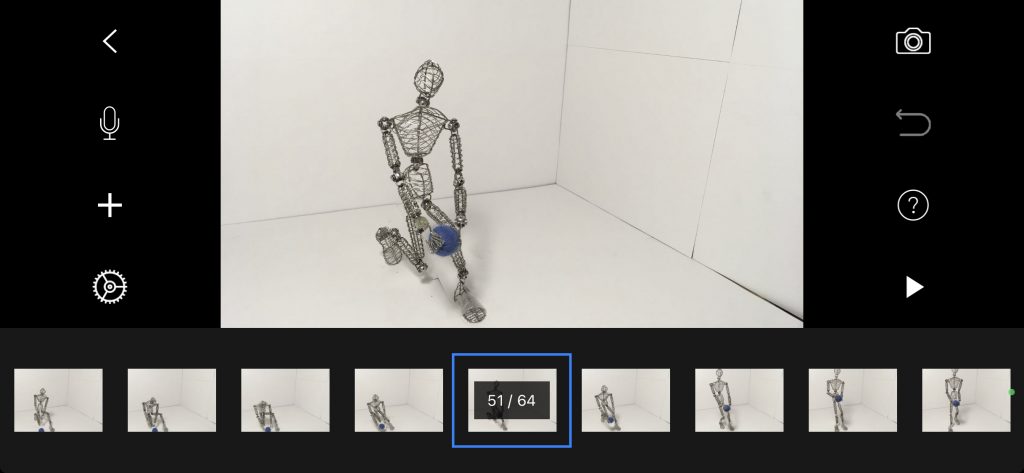Introduction
Over the past semester, students have been working on their conceptual projects, a conglomerate of the most meaningful creative assignments completed during our time at Freestyle. We made a myriad of different productions, ranging from poetry to photography to animation. The Adobe cloud was used for a majority of these, along with Protools for music and WordPress for this very website.
Digital Media is a valuable class because it teaches its students many important industry standards such as Photoshop and allows us to become multifaceted, ready for any job or freelance commission. We have learned basic video editing, photography, music creation, and even some HTML coding. It is reassuring to know that no matter what class or job I get in the future, I will have an introductory understanding of important design tools.
English has been the far most freeing class out of any that I have ever taken. We get to study poets and authors that inspire us and write about any subject or in any style we desire. Of course, we also read some beautiful required stories, such as the play Red and poetry from authors such as Ada Limón. I very much appreciate how many of my peers establish rapport during our breakout sessions; it is quite rewarding to have real discussions about I subject I am passionate about.
Elements and Principles of Art
The best way to becoming a strong artist is to understand and integrate the elements and principles of art into one’s work. They add important compositional elements that can boost the quality of any production. We created a slideshow of different works of art that displayed these points.

Animation
My time as an animation student has shown me how many different forms of animation there are and how each has its own upsides and downsides. Animation is tedious, time consuming, and frustrating, but when you are presented with the final product, it all is worth it. It is such a unique medium that can combine the art of different styles with the excitement of a film. I feel that I have learned a lot about the importance of timing, as having a fixed frame rate will teach you what how to create natural ins and outs that provide a realistic sense of motion.
Our zoetrope animations tasked us with creating not only an animation, but a setup to properly view it. We assembled a handmade zoetrope in which our 13 frame strip of pictures could be inserted into and then spun for a video-like effect.
Our phenakistiscope project allowed us to combine traditional and digital animation. After creating a circular wheel with 12 looping frames, we imported a photo onto Photoshop and rotated it to create an animated GIF.



The flipbook animation was the far most time consuming project of all for me, especially since I chose a fairly complicated subject. After drawing 80 frames, we took individual pictures of each and compiled them together into a video.
Our stop motion paper cutout was the first stop motion movie I have ever made, and the setup was extremely challenging to recreate from home. The light source was poor, and my phone was taped to the bottom of a chair to capture each photo, but I got it done in the end! We used an application called Stop Motion Studio to efficiently compile the pictures.

Finally, this stop motion object animation is one of the projects I am most proud of this semester. We were allowed to create any 3D animation using whatever materials we had around our house. My wire figure did not stand on its own, and it took many hours of taping and gluing down the feet to get the positions correctly. Stop Motion Studio’s onion frame feature (showing the previous frame at a low opacity to allow better character placement) was incredibly helpful in creating a smoother end product.
